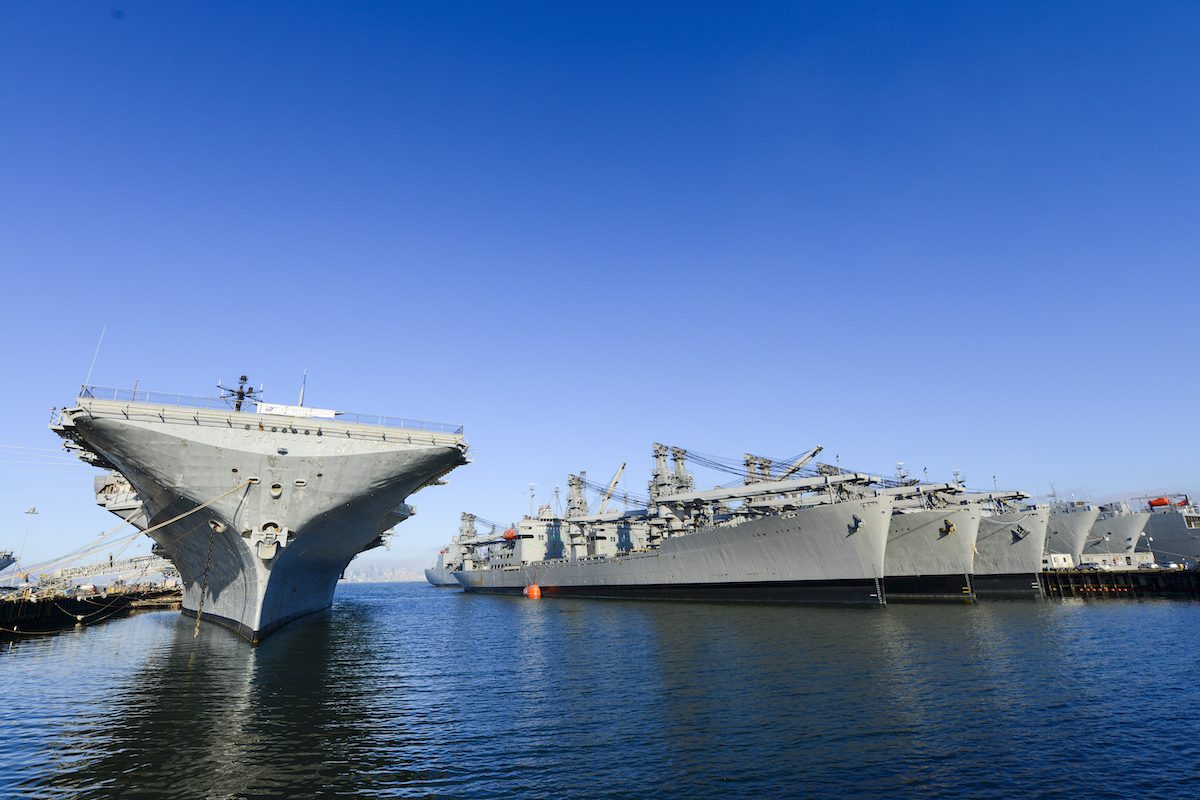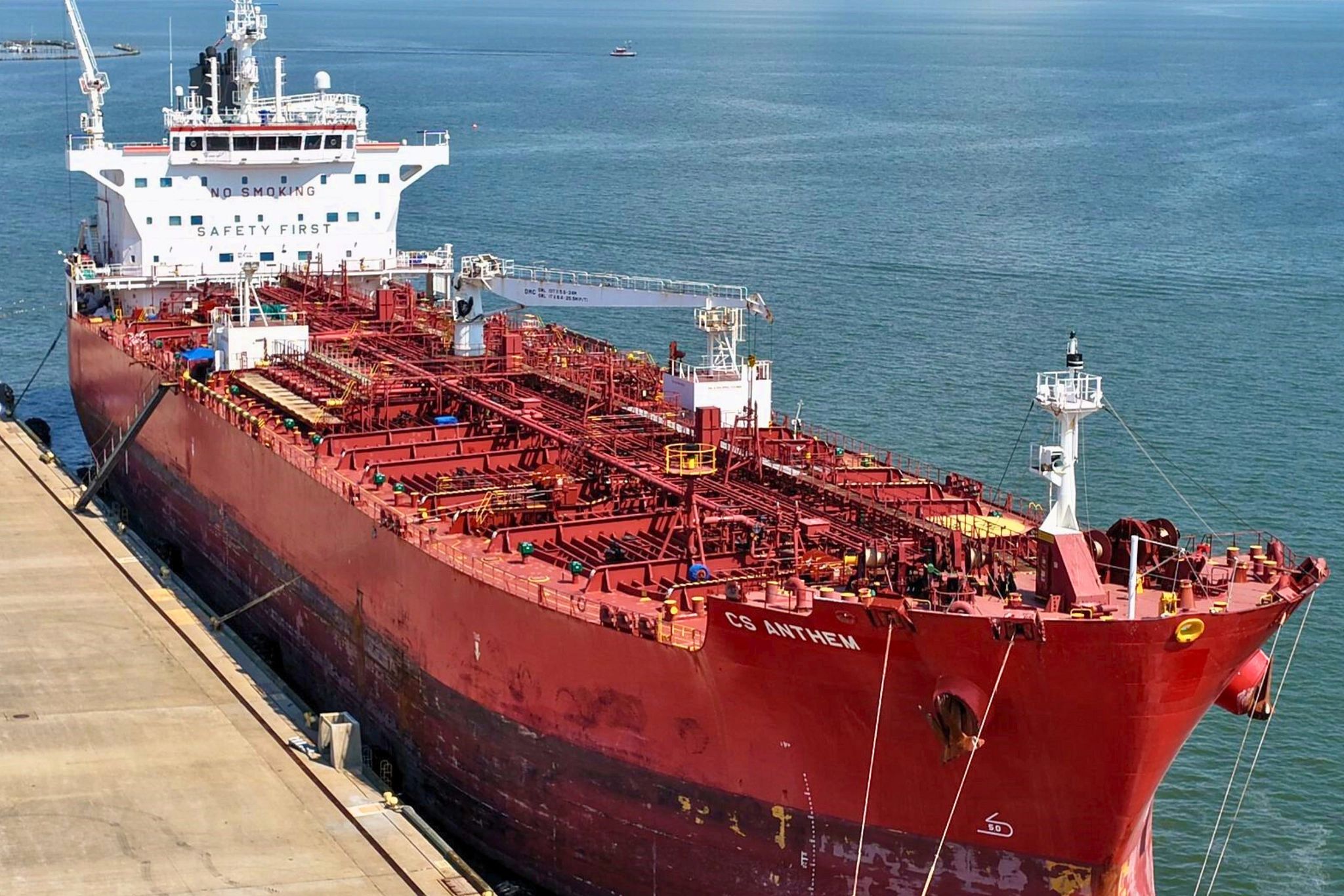The U.S. Maritime Administration (MARAD) has taken a significant step to enhance America’s military sealift capabilities by awarding $6.2 billion in contracts to manage its Ready Reserve Force (RRF) fleet. The comprehensive agreement involves 20 contracts covering the management of 51 vessels, marking a major investment in national maritime security.
The contracts, spanning a 10-year period, encompass a wide range of services including maintenance, repair, logistics support, activation, operation, deactivation, crewing, and management of the vessels.
The commitment marks a major increase in funding and aligns with President Trump’s maritime policy, particularly his April 2025 Executive Order on “Restoring America’s Maritime Dominance.”
Ships in the Ready Reserve Force (RRF), a subset of vessels within MARAD’s National Defense Reserve Fleet (NDRF), serve as a crucial component of the Department of Defense’s strategic sealift capability, responsible for transporting military equipment, combat support gear, and initial resupply during critical surge periods. Ships must be ready within 5-10 days and sail to designated berths. Commercial U.S. ship managers handle maintenance, repairs, logistics, and operations. Priority ships maintain crews of about 10 merchant mariners, with additional crew added upon activation.
“When our military is called to respond, the RRF delivers the tanks, the trucks, and the supplies. These ships don’t just support the mission—they are the linchpin that makes the mission possible,” said U.S. Transportation Secretary Sean P. Duffy.
The RRF fleet includes various specialized vessels such as roll-on/roll-off ships, auxiliary crane ships, and aviation maintenance vessels. These MARAD-owned, contractor-operated vessels maintain a high state of readiness and can be activated within five days for worldwide deployment.
Acting MARAD Administrator Sang Yi highlighted the significance of the new contracts, noting that “MARAD has a tremendous responsibility to maintain the RRF so that during critical military, humanitarian, and natural disaster operations, Americans can rely on these vessels for logistics support”.
Since its establishment in 1976, the RRF has proven its worth by supporting hundreds of missions, including annual military exercises and emergency response operations. The force currently provides nearly 100% of government-owned surge sealift capability.
The vessels are strategically positioned at various U.S. outports, combining government and commercial facilities, to minimize deployment time to key locations. Regular testing through Department of Defense-directed activations ensures the fleet maintains its operational readiness.

 Join The Club
Join The Club











